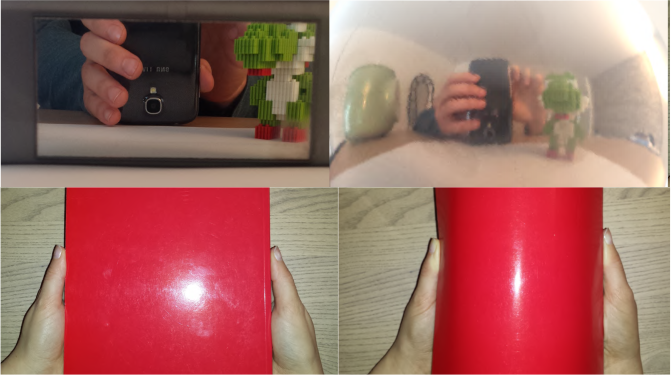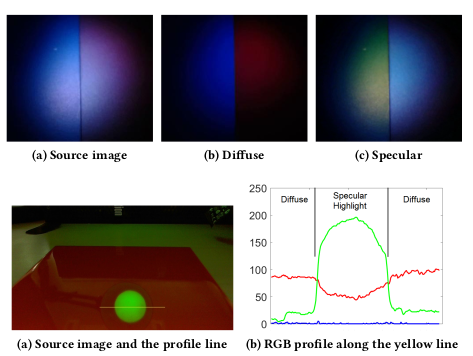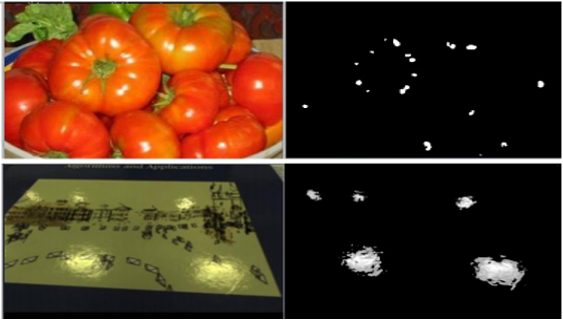About me. I'm a Computer Vision Research Scientist (PhD) currently working at
SLAMcore Limited. I'm specialized in long term, large scale and efficient SLAM technologies.
I'm also partly working on dense mapping and deep learning to improve the spatial AI stacks like Pose Tracking, Mapping and Semantics
I did my PhD at the Université Clermont Auvergne, in Clermont-Ferrand, France in partnership with the
ENCOV research group at the Institut Pascal and the
LVIC laboratory at CEA-LIST under the supervision of
Professor Adrien Bartoli and
Mohamed Tamaazousti . I received my master's Degree in computer science from the
EPITA in Paris, France, in 2013. The research objectives of the thesis were to model the light sources to improve the rendering of augmented reality applications.
Current situation. Open for full remote (international) or partially onsite (Paris) opportunities. You can contact me on my
Linkedin or directly at morgand.alexandre_at_ gmail.com. You can find my resume
here.







